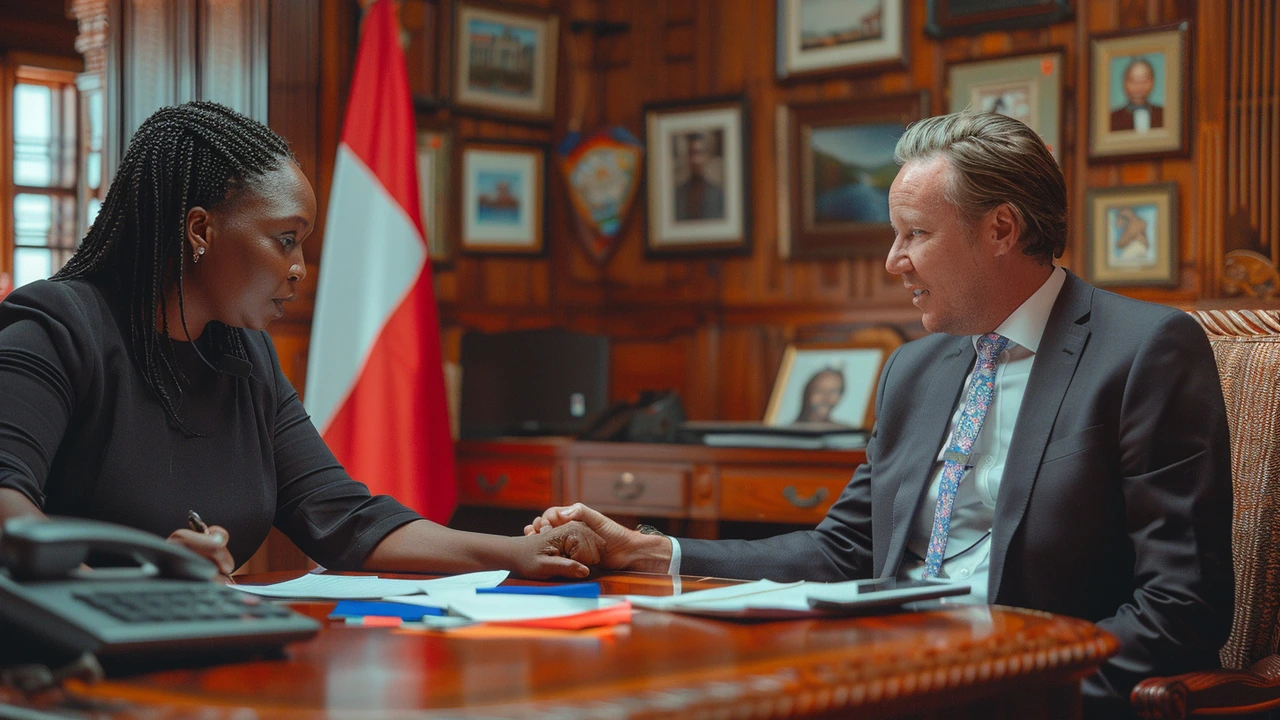Forestry partnerships
They bring governments, communities, NGOs together to manage forests better. They can protect biodiversity, create jobs and help communities earn incomes without cutting trees. In Africa, where forests face pressure from farming and mining, partnerships offer practical ways to balance people’s needs with nature.
How to start
A strong partnership starts with clear goals. Who will protect which area? Who will use forest resources and how? Set simple rules everyone can follow, like limits on tree felling or rules for collecting non-timber forest products. Make sure local people join planning meetings; their knowledge of seasons, pests and local uses is vital.
Funding and shared benefits keep partnerships alive. Use a mix of money from grants, government budgets and sustainable business deals like community timber certification or eco-tourism. Agree how income is split and write it down. When families see regular benefits—school fees, wages, better roads—they stay committed to protecting trees.
Monitoring matters. Pick a few easy-to-measure indicators like tree cover, number of illegal cuts, or income from forest products. Train locals to collect data with smartphones or simple forms. Regular checks help spot problems and show funders the work makes a difference.
What roles fit each partner? Governments set policy and provide enforcement. NGOs bring training, technical help and links to donors. Local communities do most of the hands-on work and know the land best. Private businesses can buy sustainably produced timber or support processing that adds value locally. Clear roles reduce confusion and avoid duplicated effort.
Partnerships face common obstacles. Power imbalances can leave communities out of decisions. Weak legal systems may not enforce agreements. Money can be inconsistent. Solve these with written agreements, transparent accounts and rotating leadership in governance committees. Use independent mediators when conflicts rise.
Small steps make big changes. Start with pilot areas the size of a village forest and test rules for one year. If results show fewer illegal cuts and better incomes, scale up slowly. Use success stories to attract more funding and partners.
Quick checklist
Practical tips to get started: map the forest with community members, list key species and threats, hold a public meeting to agree goals, draft a simple memorandum that everyone signs, set a short list of indicators, and schedule quarterly reviews. Keep reports short and share them in local languages.
Think about linking with nearby universities or technical schools for low-cost research and soil testing. Offer short training on sustainable harvesting, tree nurseries and small-scale wood processing. Use simple contracts that specify timelines and dispute steps. Celebrate wins with community events and local media to build pride and keep momentum. Over five years, track jobs created, hectares protected and household incomes to measure real impact. Start small, monitor, and adapt fast. Repeat often.
Connect with local forest services and NGOs now. Use simple MoUs and open books. Invite students and journalists to report progress. Keep two-year reviews and adjust revenue shares if needed. Track carbon where possible to access new funding. Share lessons with neighbours regularly.
